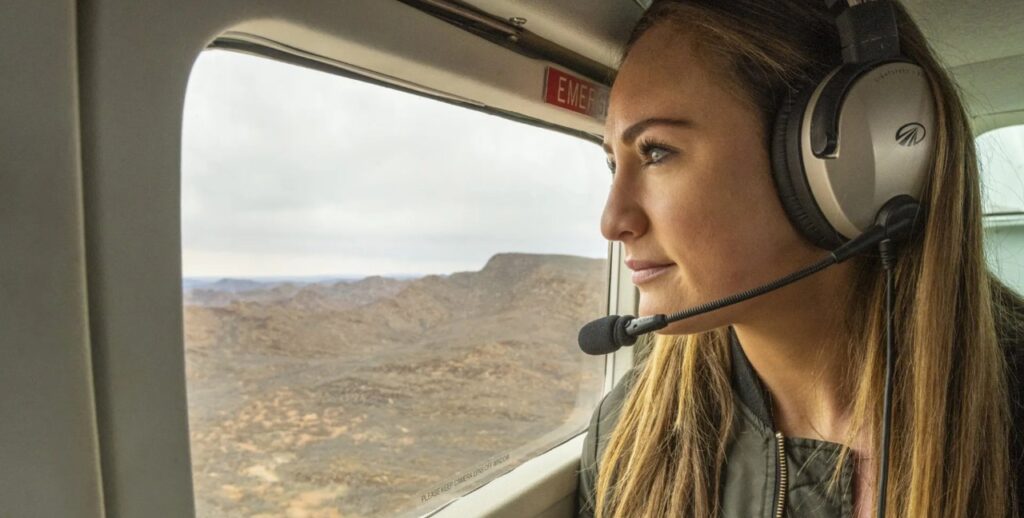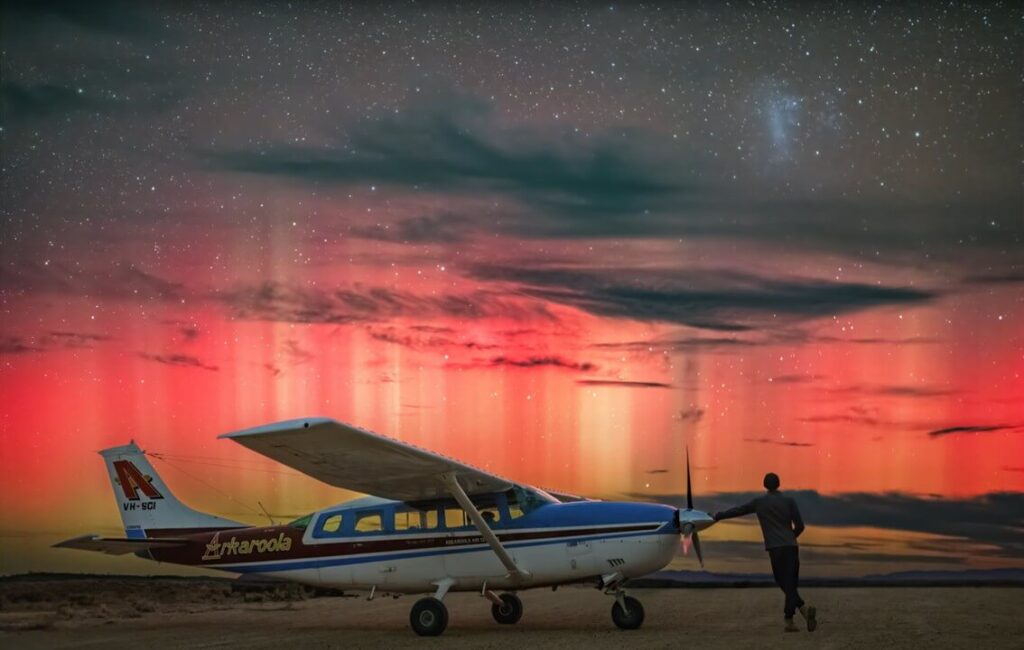The days start early at Arkaroola Wilderness Sanctuary. Director Doug Sprigg has breakfast, feeds the wallabies, and then he and his staff get to work, often flying scientists and guests around the spectacular 230-square mile sanctuary located in the Flinders Ranges of central Australia. His family has known and loved this unique and spectacular area since his dad first visited the area as a geology student in 1937, and flying is part of how they’ve protected and managed the land as stewards since 1968.
Doug Sprigg credits his parents for what has been accomplished at Arkaroola. His dad, Reg Sprigg, was a genuine “rock star,” a legend among Australian geologists. By age 30, he had discovered the world’s oldest fossils and some of its deepest undersea canyons. He discovered major oil and gas fields that helped build Australia’s domestic energy industry, and when the government declined to designate Arkaroola as a national park, he took out a pastoral lease and he and his ready-for-anything spouse and partner, Griselda, created Arkaroola as a sanctuary for the endemic species, including Arkaroola’s “poster child,” the yellow-footed rock wallaby. To cover the costs of conservation, Reg took jobs around the world for 30 years.

Doug Sprigg also learned his love of flying from his dad. He recalls sitting on his dad’s lap at age 4, as his dad did 3D photogrammetry mapping of South Australia in an Avro Anson, using a WWII surplus camera. Doug got his pilot’s license at 17, and besides flying for Arkaroola, he has done environmental survey flying for the South Australian government. He flew his dad’s first plane, a de Havilland DH.84 Dragon with plywood box fuselage, followed by a succession of Cessnas. Arkaroola’s current fleet includes a Cessna 207, a Cessna 172, a Vans RV6A home-built experimental aircraft (which he notes is “less noisy inside since being fitted with a cloth interior”), and an antique Aster J1/N high-wing 4-seater. Besides his many other skills—flying, leading astronomical and other tours, wallaby wrangling, and being a spokesman for Arkaroola—Doug is a mechanic, keeping Arkaroola’s diesel generators, vehicles, and occasionally visitor’s cars in good working order.


And that’s important because the sanctuary today is supported by tourism and research that depends, in part, on the planes. Arkaroola hosts around 200 geologists a year, including students from Manchester and Cambridge universities in the UK and Australia’s University of Adelaide. The students come to learn surveying and mapping. Arkaroola supplies them with vehicles free of charge, and Sprigg says it’s a win-win. “We learn a lot about Arkaroola through their research.” At the end of their stay, Sprigg takes students up for a flight over the areas they’ve been studying. He notes with a grin, “They have a [expletive deleted] because they realize they can put the geology together so easily from the air. And their profs love that.”
Sanctuary staff also take visitors for scenic flights over the lakes, deserts, and mountain ranges of Arkaroola. Spriggs uses these flights as opportunities to teach: “I don’t like the idea of a joy flight. This is an amazing place, with incredibly diverse geology going back 700 to 1,560 million years, through two ice ages, and with amazing endemic animals and plants. So, when I take people on flights, I try to teach them about the geology, botany, etc. of this place.” He notes that clear communication is critical, both for tours and for scientific work, and he says Lightspeed Aviation headsets have made a huge difference in his and his staff’s ability to communicate with passengers, plus standing up to the abuse that inexperienced passengers can inflict on a headset. “The headsets excel in sound quality, even in our noisy Vans and in the Auster, where the engines are at 110db on takeoff and ‘air conditioning’ means flying with the windows open. As for our passengers, sitting or stepping on headsets is not uncommon and cords get run over as seats are moved forward and back for various-sized occupants. Amazingly, Lightspeed products survive the rough and tumble far better than anything else we have ever tried. And Lightspeed’s industry leading service and backup is just the icing on the cake!”

After 50+ years, the Arkaroola Sanctuary is winning hearts in Australia and all over the world. Arkaroola boasts one of Australia’s state-of-the-art astronomical observatories, and its exceptional viewing conditions have earned it a designation as an International Dark Sky Sanctuary. It has been nominated as a UNESCO World Heritage Site because of its rich and unique geology, biodiversity, and history. And today a research foundation, funded by tourism, underwrites conservation efforts, provides assistance for researchers to conduct field work, and funds students learning about natural sciences. In addition to students and researchers, 70% of Arkaroola’s 15,000 visitors are independent travelers arriving in their own vehicles or by air (fly-in, anyone?). Sprigg says, “The last 80 miles to our headquarters are dirt roads which tend to filter out casual travelers. People who come here have an interest in natural science. We have people that love being here, and we love them being here. These days, we get a lot of repeat visitors.” After seeing Arkaroola from the skies, who wouldn’t be drawn back to this fascinating land? And, oh, those cute wallabies!


















Leave a Comment